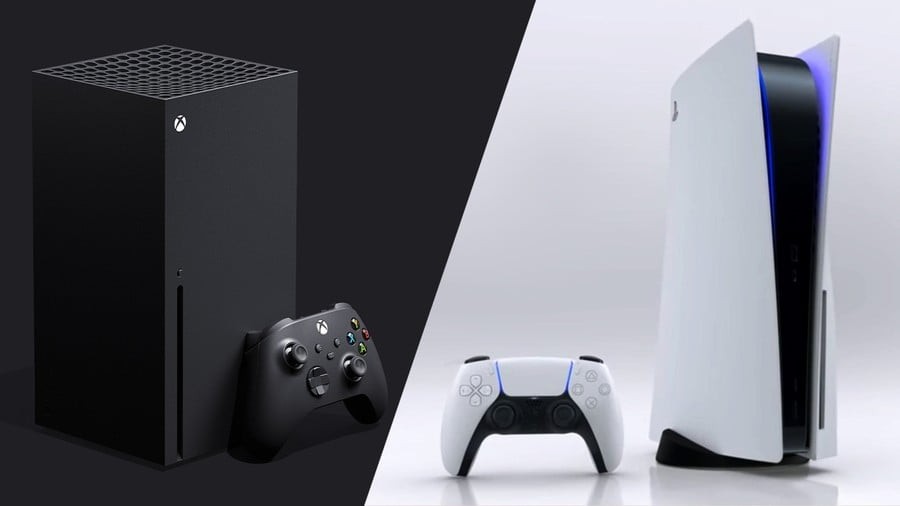
In a recent interview with PlayStation Inside, former PlayStation executive Shuhei Yoshida weighed in on the contentious issue of rising video game prices, calling it "an impossible equation" driven by inflation and increasing development costs.
The gaming industry is seeing unprecedented price hikes, with Nintendo's upcoming Switch 2 titles reaching $80, Microsoft raising prices on select first-party games, and rumors suggesting Grand Theft Auto 6 could break the $100 barrier.
While Yoshida acknowledged these increases were "going to happen sooner or later," his comments highlight a deeper industry challenge: the disconnect between price and value.
"Players want increasingly ambitious games but expect prices to stay flat," Yoshida noted. However, recent trends suggest gamers aren't necessarily demanding bigger productions - they're seeking better value for their money.
The success of smaller productions challenges the narrative of necessary price increases. Clair Obscur: Expedition 33, developed by a modest 30-person team at Sandfall Interactive, sold one million copies in just three days. Similarly, Oblivion Remastered, created on a limited budget, ranks as 2025's third best-selling game by revenue.
These achievements stand in stark contrast to massive AAA productions involving hundreds of developers across multiple studios, often delivering questionable value despite their enormous budgets.
The industry's reliance on remakes, remasters, and live service models - while helpful in financing new games - has led to growing player fatigue. Many consumers now opt to wait for sales or focus on their existing game libraries rather than purchasing new releases at full price.
Looking ahead, Yoshida expressed optimism about AI tools like Microsoft's Muse potentially reducing development costs, particularly for smaller studios. "AI will become a very important tool in the future if developers learn to use its good features," he stated.
However, unless major publishers address the fundamental value proposition of their games, new cost-saving technologies alone won't solve the industry's pricing challenges. The real test lies not in justifying higher prices, but in delivering games worth their asking price.